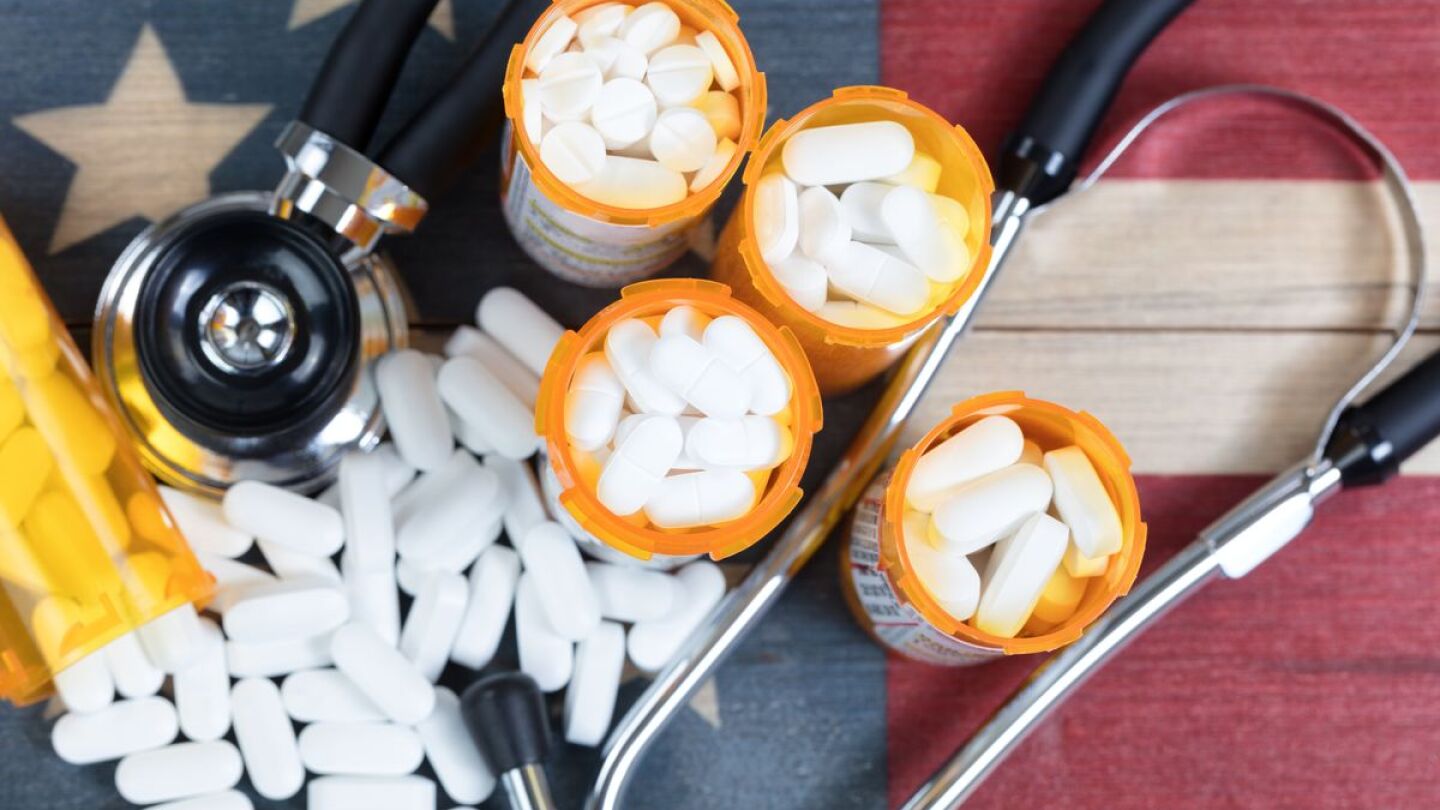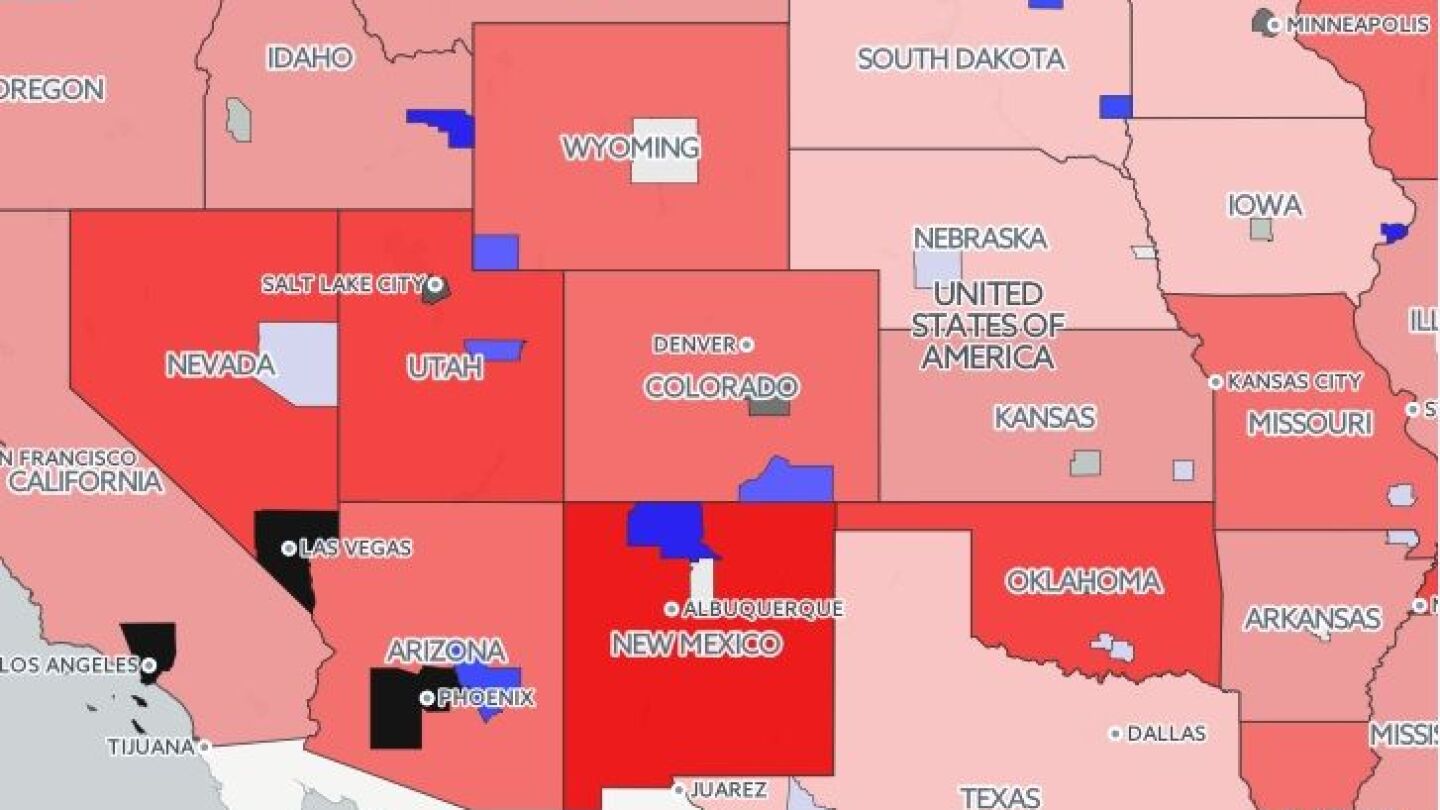Opioid Epidemic Resource Guide
The Opioid Epidemic Resource Guide is an essential resource that local and state government agencies are working to combat through prevention, treatment, and enforcement strategies. The epidemic has devastating effects on communities, requiring a coordinated response to reduce overdose deaths, support recovery, and hold accountable those responsible for illegal distribution. We’ve included tools like an interactive map of drug overdose deaths and a fentanyl overdose primer for medics. There are grant leads, news, and insights into topics like the public bathrooms crisis and strategies to increase treatment, intervention, and education.
Opioid settlement funding will continue for 11 to 18 years, and it is expected that more settlements will be forthcoming. Is your agency getting its share?
Funds will be used to train first responders on Narcan use and how best to interact with people struggling with substance abuse and mental health issues
Lawyers for states and local governments laid out key details of the $26 billion settlement on Wednesday
A safe injection site model shows New Yorkers in various cities hard-hit by drug use a picture of what a supervised injection facility (SIF) is really like.
What can municipalities and businesses do to improve safety as the opioid epidemic presses overdose and drug use incidents in public bathrooms?
The opioid crisis is a modern American epidemic punctuated by skyrocketing deaths. Our interactive map shows which counties are hardest hit.
Heroes in Recovery races raise awareness and fund addiction recovery, including local non-profit addiction treatment programs.
There are eight deadly forms, and EMS1 has the details on what first responders and nurses need to know about fentanyl overdose
From football players to those with MS, patients want lawmakers to consider the research on marijuana for pain management and use as an anti-inflammatory.
A Kentucky intervention program has resulted in 77 percent of pregnant women with opioid use disorder testing negative for illicit drugs at labor.
Data is helping the city of Cincinnati and the state of Ohio to find geographic hotspots for overdose and predict opioid risk patterns.
EMS in St. Charles County, Mo., has launched an opioid and heroin overdose treatment referral program by partnering with facility partners.
Community paramedicine can assist opioid addicts after discharges, teach families to use naloxone and share harm reduction techniques.
MOST POPULAR
- Marijuana tax pays for Mich. township’s new $840K fire engine
- Grant helps Ohio FD purchase powered stair chairs
- Social Security Fairness Act signed into law, boosting retirement benefits for first responders
- Calif. PD’s real time crime center enhances response time, situational awareness
- Don’t speculate, aggregate: Data tips and resources for grant applications















